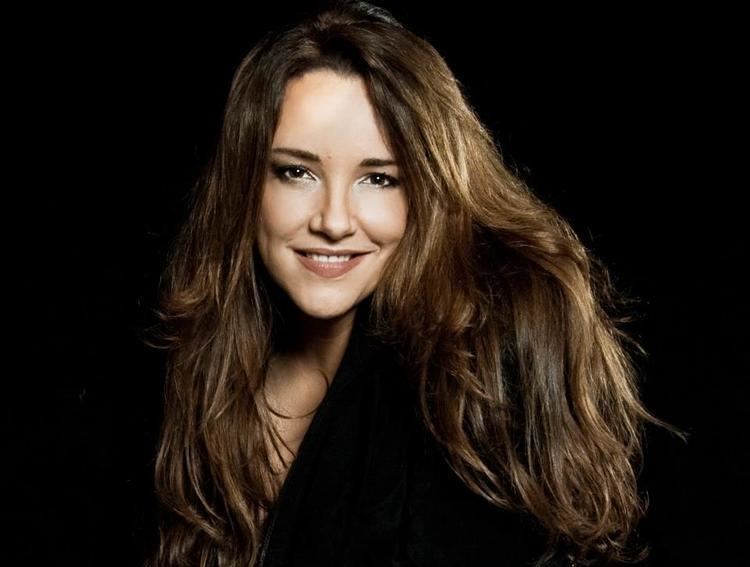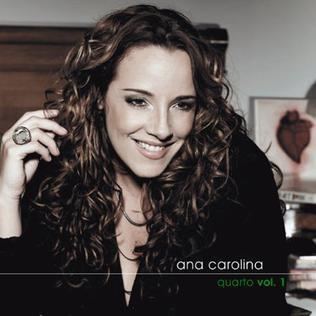Birth name Ana Carolina Sousa Name Ana Carolina Years active 1998–present Role Singer | TV shows Celebridade Website ana-carolina.com | |
 | ||
Occupation(s) Singer-songwriter, composer, instrumentalist Genres Musica popular brasileira, Bossa nova, Samba, Jazz, Pop music, Folk music, Salsa music, Rock music Albums Perfil, #AC, Ensaio De Cores, Multishow ao Vivo: Dois Qua, Estampado Profiles | ||
Ana Carolina - Beatriz
Ana Carolina Sousa ([ˈɐ̃nɐ karoˈlinɐ], born September 9, 1974 in Juiz de Fora, Minas Gerais, Brazil) is a Brazilian singer, composer, and musician.
Contents

Ana Carolina - Tolerância
Career

Carolina has a contralto vocal range. Her musical influence comes from the crib, her grandmother used to sing on the radio, and her great aunt and uncle played percussion, piano, cello, and violin. She grew up listening to Brazilian musical icons such as Chico Buarque, João Bosco, Maria Bethânia as well as international icons such as Nina Simone, Björk, and Alanis Morissette. She began her career singing in local bars.

With the determination to become a successful professional musician she left Minas Gerais and moved to Rio de Janeiro. Shortly after moving to Rio de Janeiro she signed a contract with the BMG recording company. She released her first CD, Ana Carolina in 1999, which was responsible for her nomination in the Latin Grammy Awards.
Her second album, Ana Rita Joana Iracema e Carolina was another success, released in 2001. The album's title is in reference to songs by the singer Chico Buarque, one of Ana Carolina's idols. This album contained hits like "Quem de nós dois" and "Ela é bamba".
In 2003 she released her 3rd album, Estampado which showed her musical originality. Her 4th CD, Ana Carolina: Perfil released in 2004, was a collection of her most successful songs from her first 3 CDs and, according to ABPD, is the best-selling in Brazil in 2005. Also in 2004 she performed a show with Seu Jorge and released a live CD and DVD of the show called Ana & Jorge. The song, "É Isso Aí", a Portuguese version for Damien Rice's "The Blower's Daughter", reached the #1 spot on the charts.
Carolina came out in Veja magazine as bisexual in 2005, creating much debate and attracting new fans. She released her 6th album, Dois Quartos in 2006. The album contained 2 CDs, the 1st called 'Quarto' and the 2nd called 'Quartinho'.
